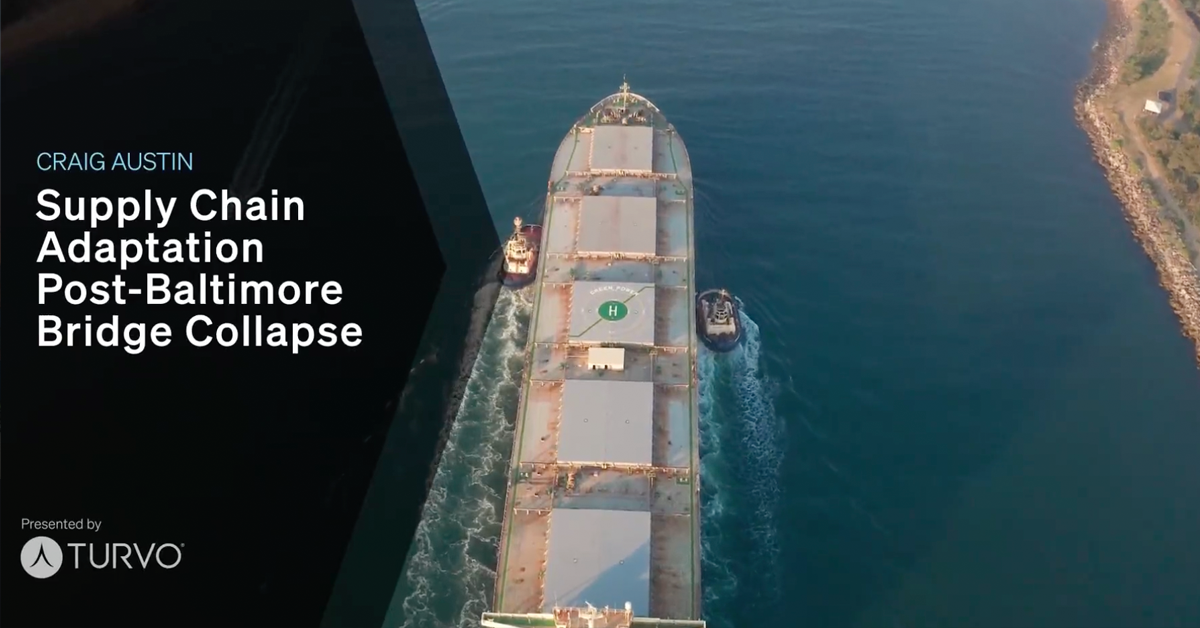The recent closure of the Key Bridge in Baltimore, which carries around 5% of U.S. trade in imported cars and exported coal, has brought attention to the delicate balance of global supply chains. Dr. Craig Austin, Associate Professor of Logistics at Florida International University (FIU), emphasizes the importance of strategic preparation in these moments of disruption. Despite the bridge’s significance, freight rates, both maritime and trucking, have remained relatively stable or even slightly declined, offering valuable insights into the resilience and adaptability of supply chains.
Immediate Impact and Recovery Outlook
Though the Baltimore port will remain offline until the end of May, logistics professionals are optimistic about a swift recovery due to the nimble nature of modern supply chains. Once the port becomes operational again, cargo ships will resume their usual trade activities, and commerce will return to pre-closure levels. This adaptability is a testament to the logistical strategies that have evolved since the pandemic, showcasing the ability to bounce back from unexpected challenges.
Evolving Ocean Container Volumes and Port Challenges
Ocean container volumes are slowly returning to pre-pandemic levels, even as supply chains contend with ongoing disruptions in key maritime routes like the Panama and Suez canals. Dr. Austin notes that despite these challenges, shippers can take several proactive steps to safeguard their operations:
- Reroute Containers to West Coast Ports: Redirecting containers to ports along the U.S. West Coast can alleviate the pressure on East Coast ports and minimize the risks associated with specific chokepoints.
- Import Shipments Earlier: By planning ahead and importing goods earlier than usual, companies can secure their critical inventory and avoid delays stemming from last-minute logistical issues.
- Explore Alternative Routes via Mexico: Mexico, now one of the U.S.’s leading exporters, offers a viable alternative route, providing strategic access to the North American market.
- Evaluate Logistics Partners: Consistently assessing the financial health and resilience of logistics partners ensures stability during future disruptions and minimizes potential bottlenecks.
Enhancing Resilience Through Diversification
The Baltimore Bridge incident also highlights the necessity of diversifying supplier bases. By broadening their partner networks, companies can reduce their dependence on single sources or specific regions. This diversification strategy strengthens the entire supply chain, making it more resistant to unexpected challenges.
Future Preparedness
Dr. Austin anticipates a balancing freight market and tightening capacity by the fall and winter of this year. Shippers must look beyond immediate issues, such as the Baltimore Bridge closure, and consider broader strategic measures. He suggests that shippers focus on long-term resilience, including diversifying their supplier base and integrating more flexibility into their operations. In an ever-evolving global market, strategic preparation will be essential for companies to navigate future uncertainties successfully.
The Key Bridge incident vividly reminds us of the unpredictability of global trade and the importance of maintaining a responsive, flexible supply chain. Despite the temporary halt in operations, rapid recovery will be possible because of adaptive strategies developed over time. As the industry anticipates a return to normalcy, adopting strategic measures that enhance resilience and prepare for future challenges is crucial.
Understanding these dynamics and planning accordingly will empower logistics professionals to maintain efficiency and ensure a smooth recovery from significant disruptions.









